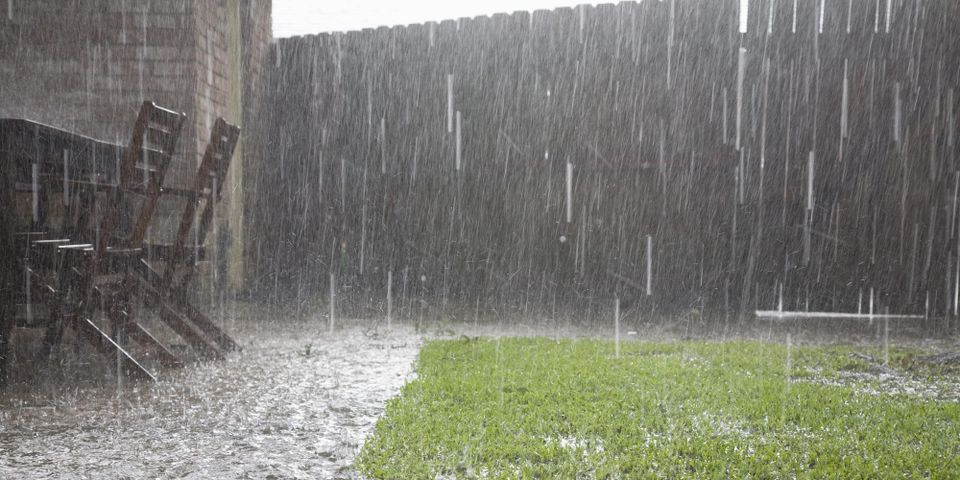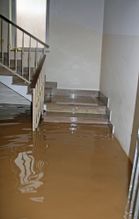
A homeowner’s best tool for flooding prevention is a sump pump. Unfortunately, you may not know that a sump pump is malfunctioning until after your basement has already flooded. For that reason, it’s always best to schedule routine sump pump inspection and maintenance. Here are a handful of common problems that could stop a sump pump from working properly in a time of flooding.
Common Problems With Sump Pumps
1. Jammed Float Switch
The float switch turns the sump pump on, preventing the basement from flooding. As your sump pump operates, it vibrates. The vibration causes the pump to move around in the pit. At times, the float switch can get caught on something in the pit, such as a wire, a pipe, debris, or the liner. When this happens, the switch may become stuck into the “on” position, causing the pump to run constantly, or in the “off” position, causing the pump to not start, even if it’s full of water. If your pump is running constantly, locate the float switch, get it untangled or unstuck, and flip it off. Routine maintenance will help assure it’s not stuck “off.”
2. No Backup Power
 It’s wise for your sump pump to have a source of backup power, such as a backup generator, a battery-powered backup pump, or a hydraulic pump. The same heavy rainstorm that causes the flood could also cause your home to lose electricity. A sump pump without backup power will be useless for flooding prevention in that dire scenario.
It’s wise for your sump pump to have a source of backup power, such as a backup generator, a battery-powered backup pump, or a hydraulic pump. The same heavy rainstorm that causes the flood could also cause your home to lose electricity. A sump pump without backup power will be useless for flooding prevention in that dire scenario.
3. Clogged Sump Pit
The sump pump won’t function if the pit is clogged. Some sump pits are open and allow dirt and debris to easily get into the pit. By adding a lid on top of your pit, you can limit this problem. However, the water that enters the pit also has some soil and other debris in it, as well. Therefore, you should have a professional regularly clear the debris out of your pit to avoid malfunctions.
4. Undersized for the Job
For adequate flooding prevention, you need to make sure that the sump pump is powerful enough to handle the workload if disaster strikes. An average-sized home with an average water table needs a one-third horsepower sump pump. However, if your home is large or your water table is high, you may need an upgrade to a one-half horsepower pump. A professional can help do the math to figure out whether your current sump pump is capable of stopping a flood in your basement.
If you’re looking for a contractor for sump pump maintenance or repair, contact the experts at A Gombos Basement Waterproofing in Bethany, CT. For more than 55 years, these knowledgeable professionals have been providing flooding prevention and water damage restoration services to homeowners throughout New Haven County. For speedy, affordable, and reliable work, call (203) 393-3009 to get an estimate or request emergency services, or visit their website for more information.
About the Business
Have a question? Ask the experts!
Send your question

